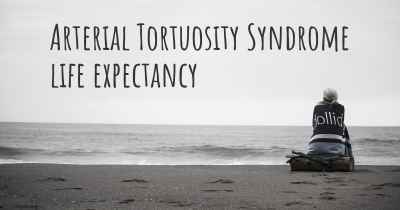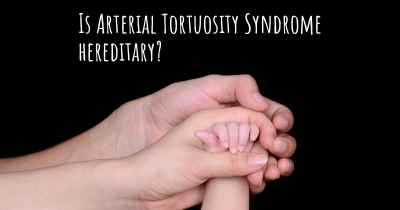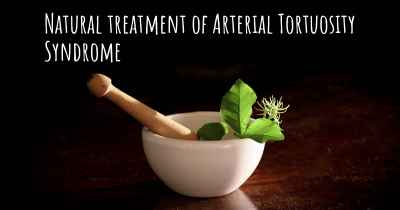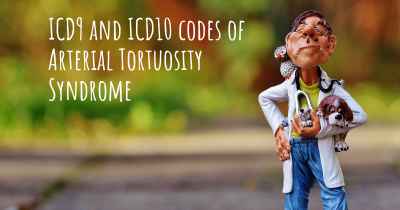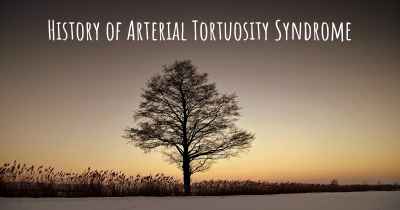Living with Arterial Tortuosity Syndrome. How to live with Arterial Tortuosity Syndrome?
Can you be happy living with Arterial Tortuosity Syndrome? What do you have to do to be happy with Arterial Tortuosity Syndrome? Living with Arterial Tortuosity Syndrome can be difficult, but you have to fight to try to be happy. Have a look at things that other people have done to be happy with Arterial Tortuosity Syndrome
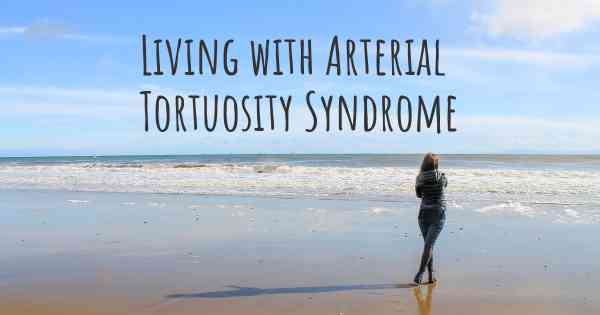
Living with Arterial Tortuosity Syndrome
Arterial Tortuosity Syndrome (ATS) is a rare genetic disorder that affects the connective tissues in the body, leading to the abnormal twisting and elongation of arteries. Living with ATS can present various challenges, but with proper management and support, individuals with ATS can lead fulfilling lives.
Medical Management
It is crucial for individuals with ATS to work closely with a team of healthcare professionals, including geneticists, cardiologists, and other specialists. Regular medical check-ups and screenings are essential to monitor the progression of the condition and identify any potential complications.
Treatment options for ATS primarily focus on managing symptoms and preventing complications. This may include medications to control blood pressure, prevent blood clots, or manage other associated conditions. In severe cases, surgical interventions may be necessary to repair or replace affected arteries.
Cardiovascular Health
Since ATS primarily affects the arteries, maintaining cardiovascular health is of utmost importance. Adopting a heart-healthy lifestyle can help minimize the risk of complications:
- Regular exercise: Engaging in low-impact activities, such as walking or swimming, can help improve cardiovascular fitness without putting excessive strain on the arteries.
- Healthy diet: Consuming a balanced diet rich in fruits, vegetables, whole grains, and lean proteins can support overall heart health.
- Smoking cessation: Smoking can further damage the arteries and increase the risk of cardiovascular problems. Quitting smoking is crucial for individuals with ATS.
- Stress management: Finding effective stress management techniques, such as meditation or yoga, can help reduce the strain on the cardiovascular system.
Emotional Support
Living with a rare condition like ATS can be emotionally challenging. Seeking emotional support from friends, family, or support groups can provide a valuable outlet for sharing experiences and coping with the unique challenges of ATS. Connecting with others who have similar conditions can offer a sense of belonging and understanding.
Education and Advocacy
It is important for individuals with ATS and their families to educate themselves about the condition. Understanding the symptoms, potential complications, and available treatment options can empower individuals to actively participate in their own healthcare decisions. Additionally, advocating for increased awareness and research funding for ATS can help improve understanding and support for the condition.
Regular Monitoring
Due to the progressive nature of ATS, regular monitoring is crucial. This includes routine check-ups with healthcare professionals, as well as staying vigilant for any new symptoms or changes in existing ones. Promptly reporting any concerns to the healthcare team can help ensure timely intervention and management of the condition.
Living with Arterial Tortuosity Syndrome requires a comprehensive approach that encompasses medical management, cardiovascular health, emotional support, education, and regular monitoring. By actively engaging in self-care and seeking appropriate support, individuals with ATS can lead fulfilling lives while managing the challenges associated with the condition.
We try to find activities that he loves to do and help him understand when there is an activity that may not be safe since he has stents in his Pulmonary arteries.
Posted Mar 10, 2018 by Andrea Taylor 2500
